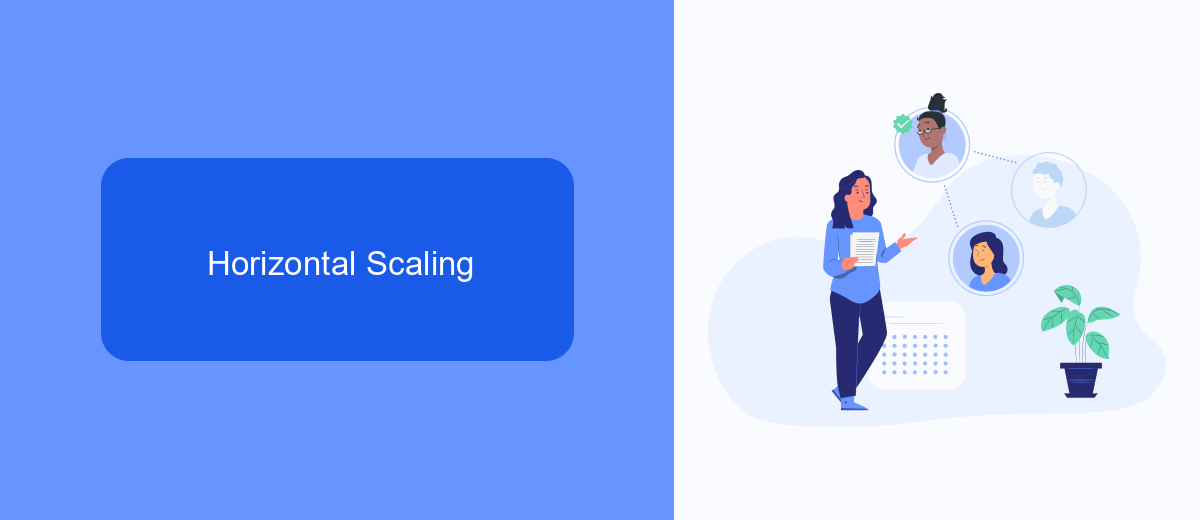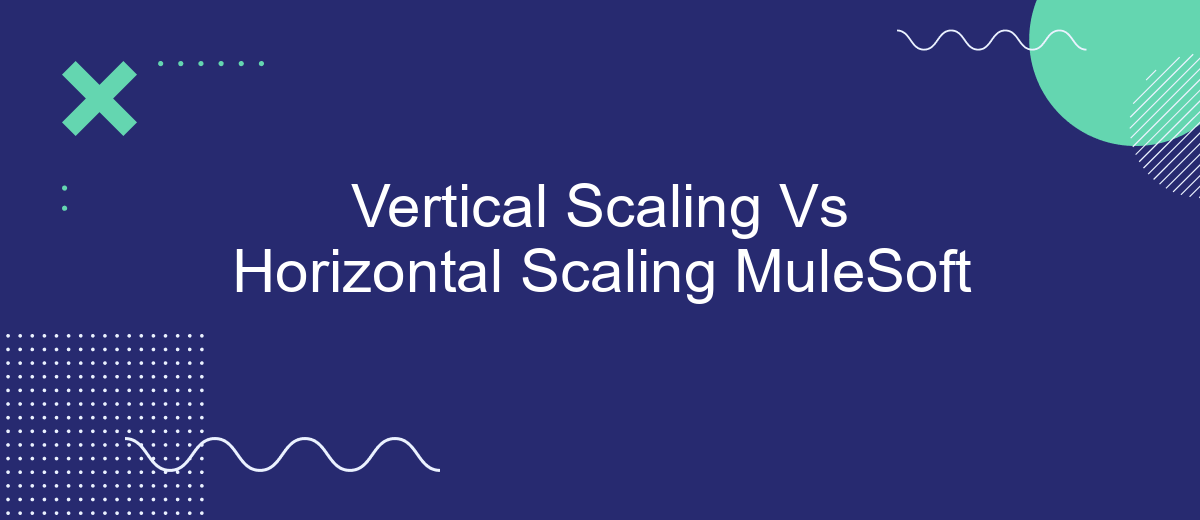In the world of software architecture, scaling is crucial for handling increasing workloads and ensuring optimal performance. MuleSoft, a leading integration platform, offers two primary scaling strategies: vertical scaling and horizontal scaling. This article delves into the differences between these approaches, exploring their advantages, challenges, and best use cases to help you make informed decisions for your integration needs.
Vertical Scaling
Vertical scaling, also known as "scaling up," involves adding more power to an existing machine. This can include increasing CPU, RAM, or storage capacity to enhance performance and handle more significant loads. In the context of MuleSoft, vertical scaling ensures that a single Mule runtime can manage more extensive integrations and data processing tasks.
- Increased CPU and memory for better performance.
- Enhanced storage capacity for larger data volumes.
- Improved ability to handle high traffic and complex integrations.
While vertical scaling can be an effective way to boost performance, it has its limitations. It is constrained by the maximum capacity of the hardware, and there is a point where upgrading further becomes impractical or too expensive. For example, integrating services like SaveMyLeads can benefit from vertical scaling by allowing a single Mule runtime to handle higher volumes of lead data efficiently. However, for even larger scale needs, horizontal scaling might be a more viable solution.
Horizontal Scaling

Horizontal scaling, also known as scaling out, involves adding more instances or nodes to your system to handle increased load. This approach is particularly effective for systems that need to distribute tasks across multiple servers for better performance and reliability. By adding more servers, you can manage more requests simultaneously, reducing the risk of downtime and improving overall system efficiency. This is especially beneficial for businesses that experience variable traffic patterns and need to scale their operations dynamically.
When it comes to integration platforms like MuleSoft, horizontal scaling ensures that your integration processes can handle higher volumes of data and transactions. Tools such as SaveMyLeads can be instrumental in this context, as they simplify the automation of lead data processing across various platforms. By distributing the workload across multiple instances, SaveMyLeads helps maintain seamless data flow and integration, ensuring that your business operations remain uninterrupted even during peak times. This makes horizontal scaling a robust solution for maintaining high performance and reliability in complex integration scenarios.
Advantages and Disadvantages of Vertical Scaling

Vertical scaling, also known as "scaling up," involves adding more power to an existing server by upgrading its CPU, RAM, or storage. This approach is often simpler to implement and can provide immediate performance improvements without the need for complex architecture changes.
- Advantages:
- Quick and easy to implement.
- No need to modify existing applications or code.
- Ideal for applications with limited scalability requirements.
- Can be cost-effective for small-scale operations.
- Disadvantages:
- Hardware limitations can restrict scalability.
- Single point of failure increases risk.
- Upgrades can be costly for high-end hardware.
- Not suitable for handling large-scale traffic increases.
For businesses looking to integrate services efficiently, tools like SaveMyLeads can be beneficial. While vertical scaling offers a quick fix, integrating automation tools can streamline processes, reducing the need for frequent hardware upgrades. However, it's essential to weigh the pros and cons of vertical scaling to ensure it aligns with your long-term scalability goals.
Advantages and Disadvantages of Horizontal Scaling

Horizontal scaling, also known as scaling out, involves adding more machines to your pool of resources. This approach can offer several advantages, particularly for businesses dealing with fluctuating workloads and requiring high availability. One of the primary benefits is the ability to handle increased traffic and data volume by distributing the load across multiple servers.
However, horizontal scaling is not without its challenges. It can introduce complexities in terms of data consistency and coordination among different servers. Additionally, the initial setup and configuration can be time-consuming and may require specialized skills.
- Improved fault tolerance and redundancy
- Scalability to handle large volumes of data
- Flexibility to add or remove resources as needed
- Potential cost savings through the use of commodity hardware
For businesses utilizing integration services like MuleSoft, tools such as SaveMyLeads can simplify the process. SaveMyLeads automates data transfer between different systems, ensuring that your horizontally scaled architecture remains efficient and responsive. Despite the advantages, it's essential to weigh these against the potential drawbacks to determine the best scaling strategy for your needs.
Choosing Between Vertical and Horizontal Scaling for MuleSoft
When choosing between vertical and horizontal scaling for MuleSoft, it's essential to consider your specific needs and constraints. Vertical scaling involves adding more power to your existing servers, such as increasing CPU, RAM, or storage. This approach is often simpler to implement and manage, making it ideal for smaller environments or applications with predictable workloads. However, it has limitations in terms of scalability and can lead to single points of failure.
On the other hand, horizontal scaling entails adding more servers to distribute the load, thus improving fault tolerance and availability. This method is more complex to set up but offers greater flexibility and scalability, especially for large-scale applications with fluctuating demands. Tools like SaveMyLeads can help streamline the integration process, making it easier to manage multiple servers and data flows. Ultimately, the choice depends on your organization's growth plans, budget, and technical capabilities.
FAQ
What is vertical scaling in MuleSoft?
What is horizontal scaling in MuleSoft?
When should you choose vertical scaling over horizontal scaling?
What are the benefits of horizontal scaling in MuleSoft?
How can automation services help with scaling MuleSoft applications?
Are you using Facebook Lead Ads? Then you will surely appreciate our service. The SaveMyLeads online connector is a simple and affordable tool that anyone can use to set up integrations for Facebook. Please note that you do not need to code or learn special technologies. Just register on our website and create the necessary integration through the web interface. Connect your advertising account with various services and applications. Integrations are configured in just 5-10 minutes, and in the long run they will save you an impressive amount of time.
